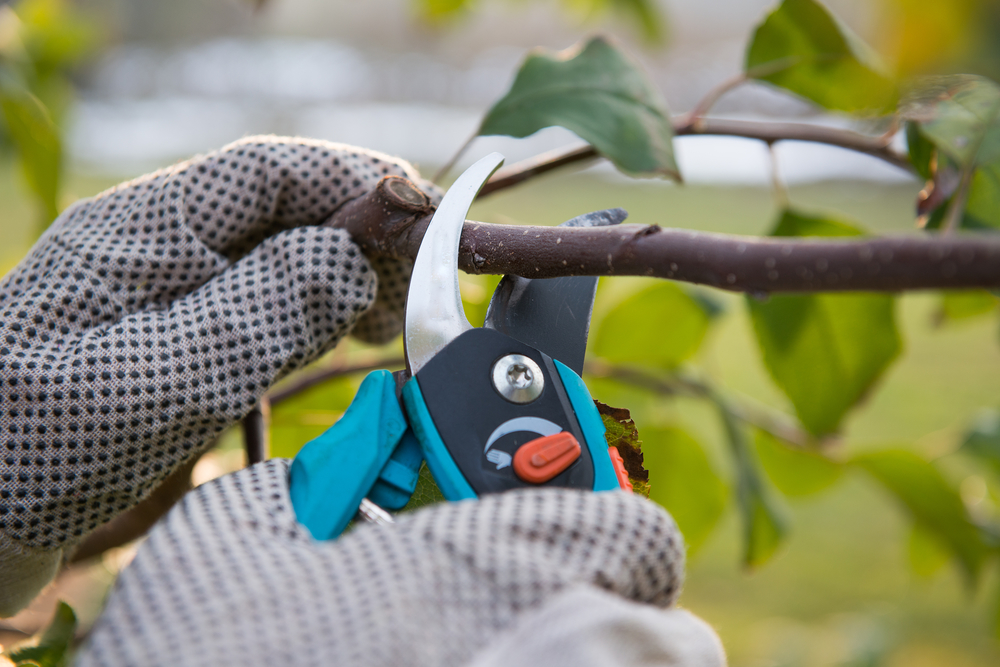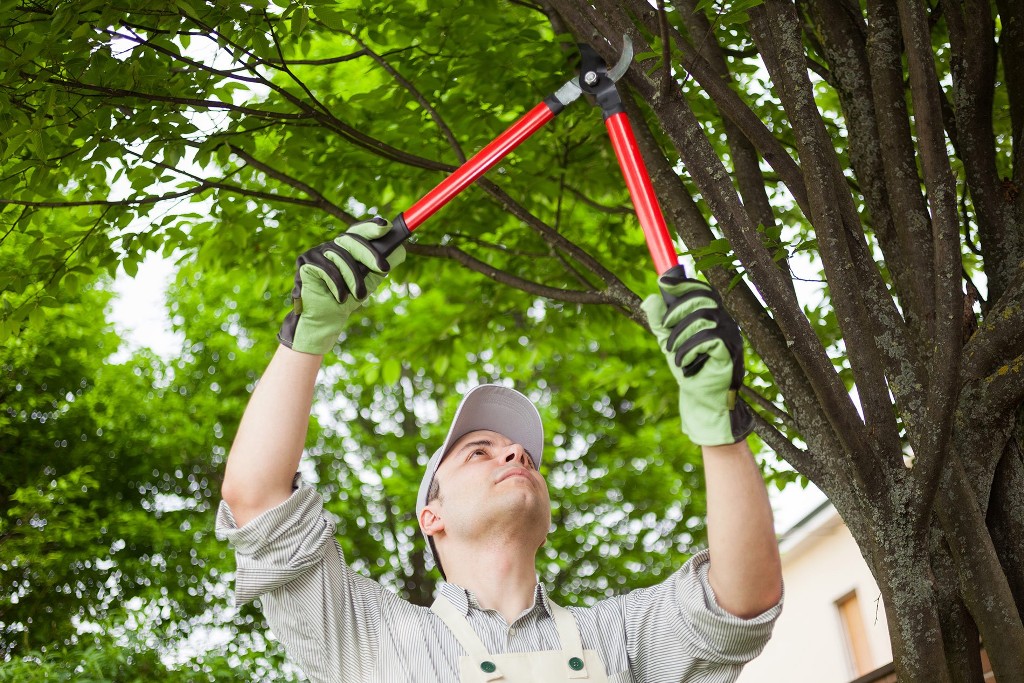Trees are very viable for us as they give us shelter, shade, oxygen, and many other necessary things. Trimming and pruning are methods to treat a tree in order to make it healthy. Trees are not just used in making homes and other wooden shelters, but they also improve the environment greatly. Doing regular tree maintenance will let the tree stay healthy and be more fruitful.
If you know all the basics of tree trimming and pruning, you will be able to overcome any obstacles related to trees. There are many trimming and pruning tips and techniques, but we will look at the most reasonable ones here. You should prune your trees when necessary to stop any unforeseen consequences. Here are some tips and tricks with the essential information regarding trimming and pruning.
When Do You Prune Trees?
Pruning the trees at the right time with the right tools is very important for lowering any risk of hazards and damage. Correct times to do pruning are-
- If the tree branches or limbs are dying, dead, or decayed.
- If the tree has weak or crossing branches.
- It helps to lower any branches that are blocking signs or disturbing people.
- If any of the limbs are broken by a storm.
- Trees that have overgrown and can damage the property.
You can check out woodworkingtoolkit.com for the necessary tools required for pruning.

Reasons to Trim or Prune a Tree
Usually, trees are pruned or trimmed for their health, safety, and aesthetics. Here are the in-depth explanations for those reasons-
- Health: The prune or trim process can save any infected tree if the methods are used correctly. Cutting off the infected limbs and branches can improve the tree’s health. The trimmed tree will have a better airflow, and it will benefit it in every possible way. The branches and limbs of the tree should not stay close or rub together; such limbs or branches must be trimmed.
- Safety: Broken or dead limbs and branches of the tree can fall on the ground. To avoid such dangers, you have to trim off those dangerous-looking branches. Cut off any overgrown branches or limbs if any of those seem dangerous.
- Aesthetics: Pruning or trimming a tree precisely can help it maintain its appearance and shape. However, the shape and size of the tree shouldn’t be unnatural. Unnecessary trimming or pruning can damage the tree rather than helping it to hold its aesthetics.
Getting the Right Tools
When you figure out the requirements for pruning and trimming trees, you need to use common tips and methods to do this successfully.
At first, you need the right tools to do it-
- If you want to do minimal pruning, you should be equipped with pruning clippers. Pruning clippers available in a wide array of sizes; pick the appropriate one for the branch diameter you would be pruning.
- To prune the hedges, you’ll need a hedge pruner. A hedge pruner will easily prune broad hedges and produces an excellent aesthetic result.
- For trimming branches, an expert tree trimmer will always use a chainsaw or pole saw as both of these got great accuracy and provide you the stability to do the trimming for large branches easily.
Figuring Out What to Prune
Tree professionals advise always check the overall health of the tree annually. Several of the more general health and safety issues that include evergreen and deciduous tree trimming or pruning are as follows:
- Over-developed branches that cause severe injury to people, even your property.
- Over-developed branches that grow near electrical wires.
- Over-developed limbs that are too near to home or buildings.
- Large or excessive dead limbs that might fall off to the ground. Doing this before fall or winter can heal the tree’s wounds until growing seasons come.
- Major or minor diseased or infectious branches or limbs of a tree. If they are not pruned, that might result in that tree’s death.
- Fruits’ growth can be improved with pruning because it will make the branching structure better and boost the fruit growth.
- Flowers’ growth can be improved with pruning because of the same reason as fruits’ growth.
- Peeling or hallo bark.
- Remove any water sprouts and suckers.

While doing pruning, you should keep in mind that if you mistakenly prune any important tree branch, it will result in the tree’s death. Do not utilize chainsaws if you are on a ladder to prune a tree. Watch out for any electrical lines, whether they are near the branches you are willing to prune.
General tree trimming tips
Here are some general tree trimming tips for you-
- The best season for pruning trees is in a dormant season. If you happen to find any decaying, dead, or dangling branches on your tree, you have to prune them as soon as possible.
- Beware of the size of the limb of the tree that you are removing. If its size is less than 5 centimeters in diameter, then there is no problem. However, if the branch’s size is more than that, you have to get help from pro arborists.
- Branches that are V-shaped, weak, and narrow-angled should be trimmed only. Do not remove the branches which are strong and have U-shaped angles.
- Try to prune the branches when they are young because they will be easy to manage and have a lower chance of leaving nasty scars.
- Avoid trimming the branches that are close or far away from its collar. Do not eject the branch collar or leave a large stub when trimming it.
Conclusion
After you have trimmed and pruned your trees, they should have a better lifespan, and most importantly, they will not require maintenance in a while. You will pass through many years without having any worries about your trees. So do not hold back when you see any indications of your tree for trimming or pruning.


















